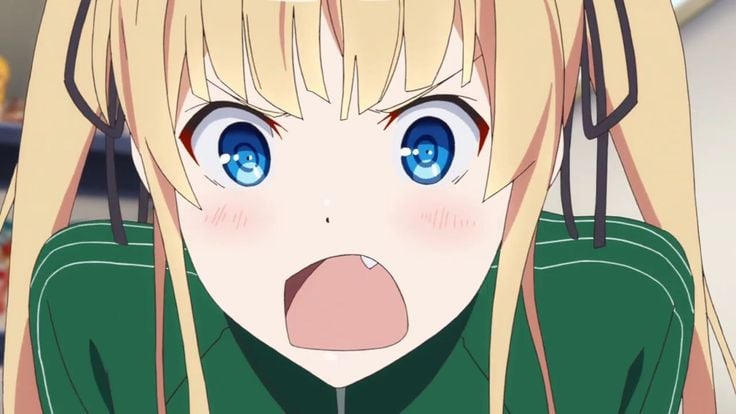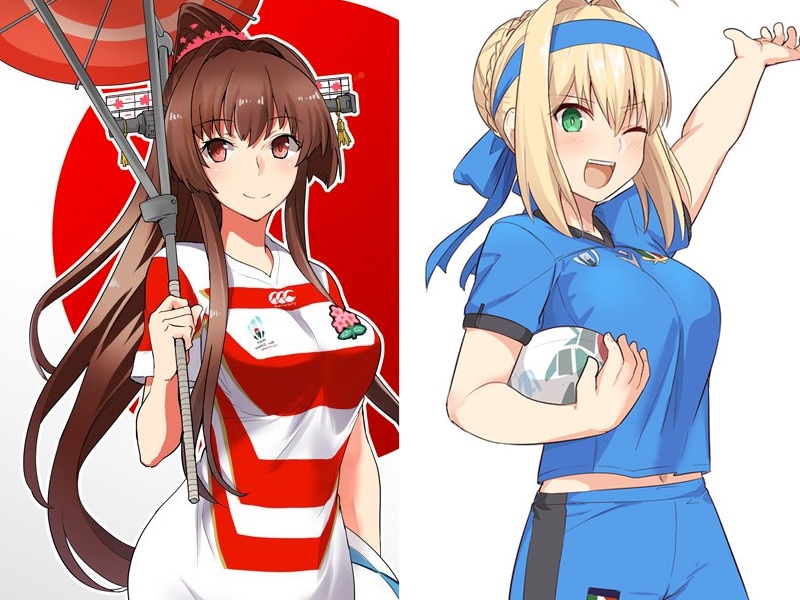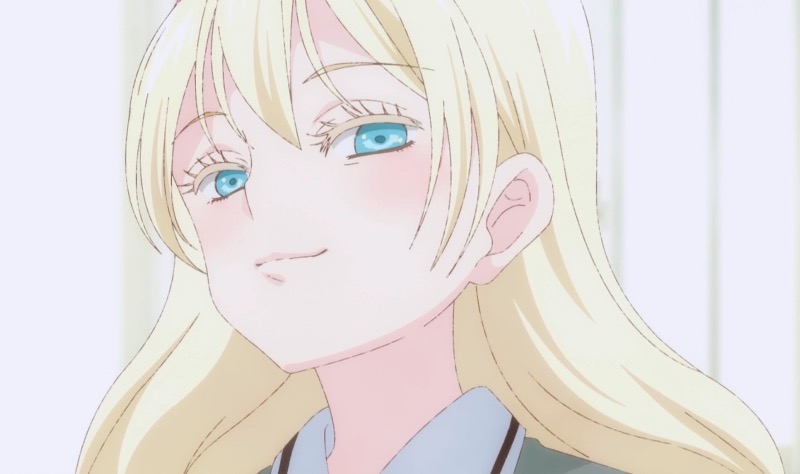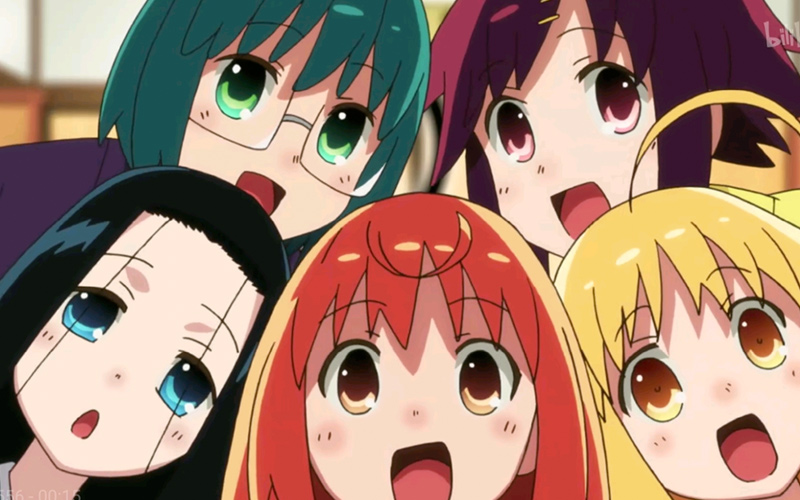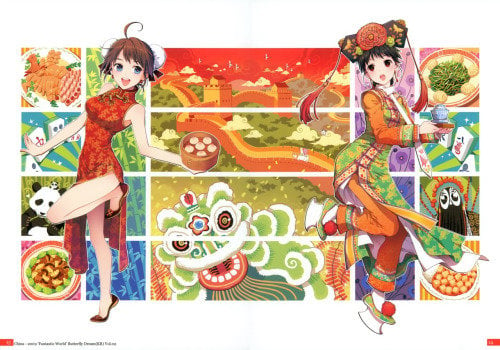Sumo wrestling is the national sport of Japan, practiced for centuries and granted special status by the Japanese government. Although there many dedicated fans all around the world, you’d have trouble finding a sport that’s having as rough a time as sumo these days. First there was a wave of scandals involving wrestlers using marijuana, plus the death of a young wrestler as a result of ijime (hazing) by the other members of his sumo stable. (For some reason, the individual sumo training houses are referred to as “stables” in English.) Then in 2010, top ranked Mongolian wrestler Asashoryu retired after a bar fight in which he brought his great strength to bear on an employee he’d had a disagreement with. Earlier this year evidence of match fixing was discovered, which has rocked the sport to its very core. While sumo wrestling is a uniquely Japanese sport, it’s often defined by the foreigners who practice the sport, and I’m a fan of the iwakan (disharmony) generated by the gaijin wrestlers. Recently some wrestlers from Europe have been rising in the ranks and getting more attention, including Takanoyama, a slender, muscular wrestler from the Czech Republic, and Koto-oshu from Bulgaria.
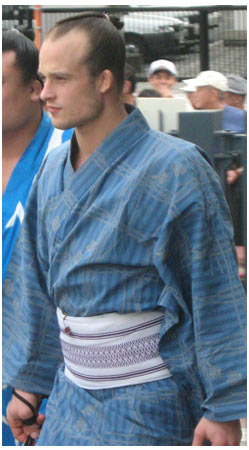
Takanoyama, one of the more interesting gaijin sumo wrestlers.


